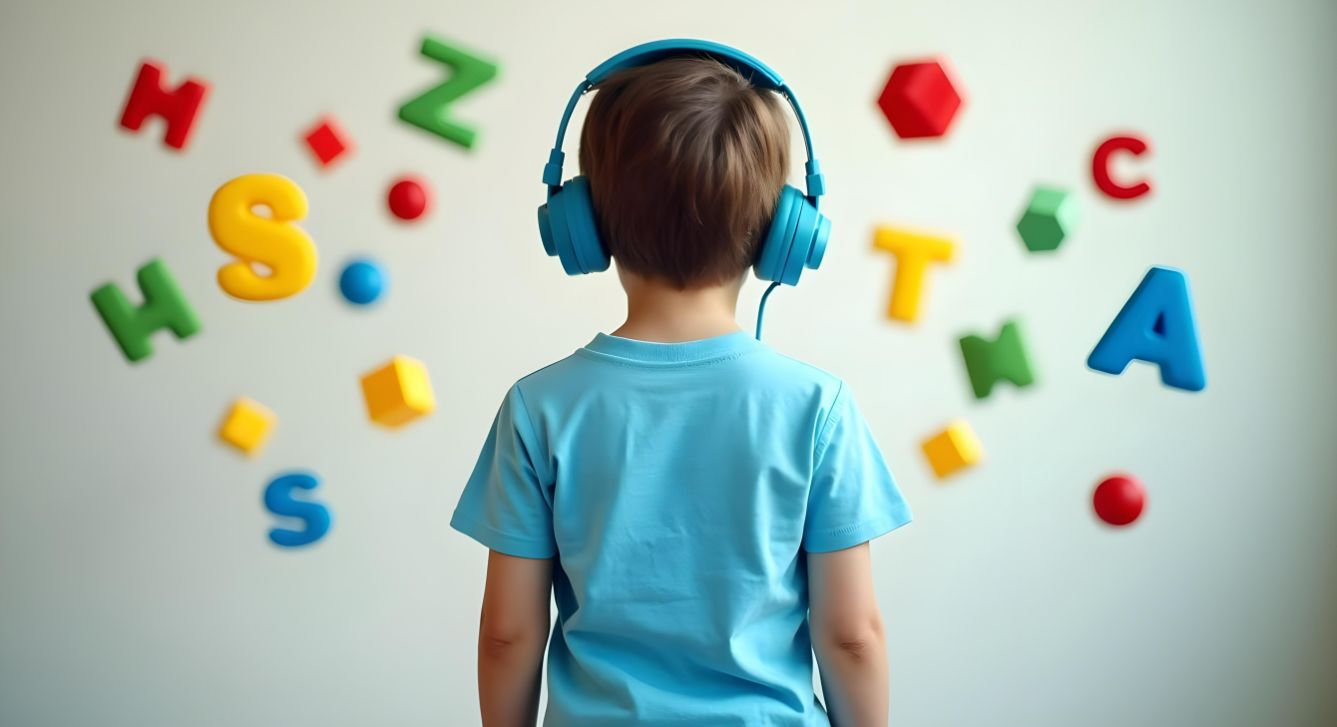Understanding symptoms of ADHD in kids often starts with the little things you see every day. The way your child handles their morning routine, focuses on schoolwork, or transitions between activities can reveal more than you might expect. These patterns in daily life offer meaningful clues about how they manage attention, emotions, and energy. By paying closer attention to these moments, you may begin to recognize signs that help you understand your child’s needs more clearly.
Morning Routines and Attention Challenges
Mornings often reveal how well a child handles structure. Getting dressed, remembering school items, or following a sequence of steps can be difficult for some children. If you often find yourself repeating instructions or noticing your child easily drifts off during simple tasks, it might be worth observing how often it happens.
This is where understanding ADHD in kids becomes helpful. Some children may struggle to stay organized or focused, not because they’re unwilling, but because their minds work differently. A visit with a primary care provider might help you decide if further assessment is needed and what a thoughtful treatment plan could include. Recognizing these patterns may make mornings less frustrating and more productive for both of you.
Try setting clear steps for getting ready and keep them visible. Using a checklist or gentle verbal reminders may help your child stay on track. Over time, small adjustments to your morning routine could make a noticeable difference in how smoothly the day begins. Consistent support from parents often helps these routines feel calmer and more predictable.
Focus During School and Homework
School time often brings attention difficulties into sharper view. If your child seems to lose focus quickly, skips instructions, or rushes through assignments, it may reflect how they process information rather than their effort. These patterns tend to appear during reading, writing, or extended concentration tasks and may relate to executive functioning challenges. Observing what helps and what doesn’t gives you practical direction.
Teachers may use a behavior checklist to track attention, organization, and participation across the day. If questions remain, a psychiatric evaluation with a child and adolescent psychiatrist could help determine if symptoms align with a neurodevelopmental condition such as ADHD. This step helps ensure you receive accurate guidance and appropriate next steps.
For ongoing school needs, a school team may suggest an individualized education program or targeted educational support. Families also explore behavior therapy or parent training to create consistent habits at home and school. These approaches aim to build practical skills and reduce stress during study time.
Midday Energy and Transitions
The middle of the day often brings bursts of energy or sudden tiredness. A child who switches quickly from excitement to frustration may be showing signs of difficulty managing transitions. Watching how your child moves from one activity to the next can reveal what triggers restlessness or distraction. Environmental factors like noise, lighting, or schedule changes may shape these shifts.
Physical activity can help release built-up energy and restore focus. A short walk, a few stretches, or outdoor play often resets their attention span. Screen time, including video games, might need balance if it seems to make transitions harder. Allowing brief movement breaks may help them return to the next task with fewer frustrations.
Food and hydration also play a role. A healthy snack and enough water throughout the day could help maintain energy levels and reduce mood swings. Ongoing issues with sleep might point to sleep disorders that affect daytime focus. Steady routines support healthy brain development and more consistent attention.
Social Play and Emotional Regulation
Playtime can show a lot about how a child manages impulses and emotions. Interrupting others, losing patience easily, or reacting strongly when games don’t go their way may be signs of difficulty with control or frustration tolerance. Repeated impulsive behavior might also affect how they connect with peers. Paying attention to these moments also gives you a glimpse into their mental well-being and how they cope with everyday challenges.
These behaviors aren’t always about defiance. They might show how your child handles stimulation or social pressure. When this happens, try to respond calmly. Instead of scolding, guide your child in naming what they feel and how they can manage it using simple behavioral strategies that fit everyday situations.
If challenges continue, social skills training could help your child practice communication and patience in a structured way. Some families also find value in local support groups or community family hubs that share resources and ideas. These options complement home routines and help children feel more confident with friends.
Afternoon Fatigue and Homework Struggles
After school, fatigue often sets in. Concentration becomes harder, and even small tasks may lead to resistance or frustration. Homework time can quickly turn into a challenge if your child feels mentally drained. Recognizing that tiredness might be the main issue can change how you approach the evening.
Breaking homework into smaller parts can help. Short study sessions with brief pauses are usually more effective than one long stretch. Offer encouragement after each section rather than saving all praise for the end. Many families also find that targeted behavioral interventions keep homework on track.
It may also help to set a regular homework time. Predictability gives structure, allowing your child to know what to expect each day. Some professionals discuss behavior management training for building steady study habits over time. Medication choices are personal, and later conversations may include medication intervention as one part of care.
Evening Routines and Restlessness
Evenings can be another tricky point in the day. After hours of stimulation, some children find it difficult to slow down. They may appear restless, talkative, or unable to transition to quiet activities before bed.
A calm evening routine often makes a difference. Lower the lights, reduce screen time, and choose relaxing activities like reading or quiet play. Some families also continue parts of their treatment plan in the evening to keep expectations clear. Gentle consistency helps the body recognize when it’s time to unwind.
Instead of strict rules, create simple habits that bring comfort and routine. When children associate bedtime with calm rather than correction, they’re more likely to rest well and feel refreshed the next day. If professionals are involved, they might also suggest behavior therapy techniques that suit bedtime routines.
Observing Patterns Over Time

It’s normal for children to have off days. What matters is the pattern. If you notice recurring challenges in attention, organization, or emotion throughout the day, keeping track of them could help. Patterns show more than isolated moments and make it easier to choose helpful steps.
You might notice that mornings are always harder or that behavior changes with certain foods or environments. Writing these observations down can help during check-ins with your care team. At times, clinicians might discuss stimulant ADHD medicines or psychostimulant medicines as part of a careful medication intervention, based on need and goals. These choices are always individualized and reviewed with ongoing follow-up.
Observation is about understanding, not labeling. Paying attention to these small daily clues helps you support your child in ways that match their pace, comfort, and personality. Over time, collaboration with school staff and clinicians may refine strategies that work best.
In Conclusion
Your child’s daily routines hold valuable clues about how they think, feel, and adapt. The way they start the morning, interact with others, and wind down at night can reveal small patterns worth noticing. By staying observant and gentle in your approach, you build awareness that supports both you and your child. Understanding how they move through each part of the day might be one of the most meaningful ways to help them grow confidently and comfortably.

